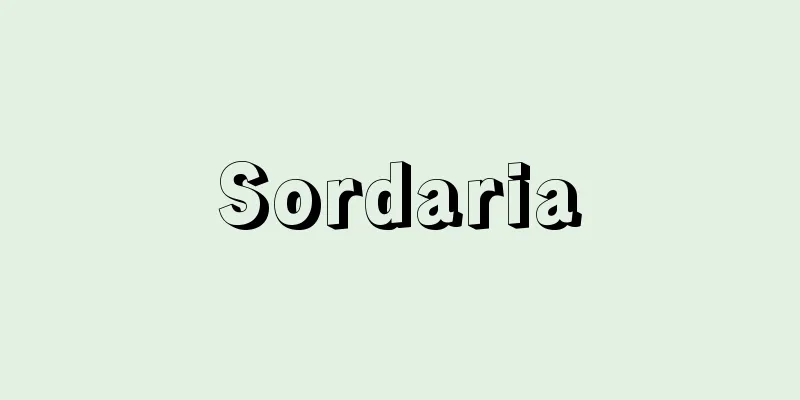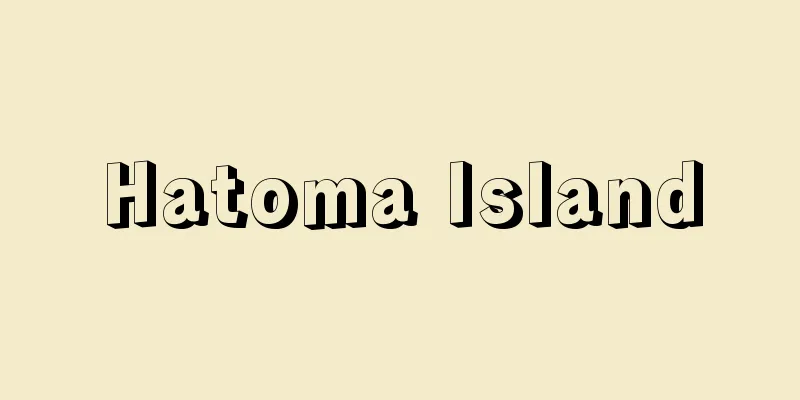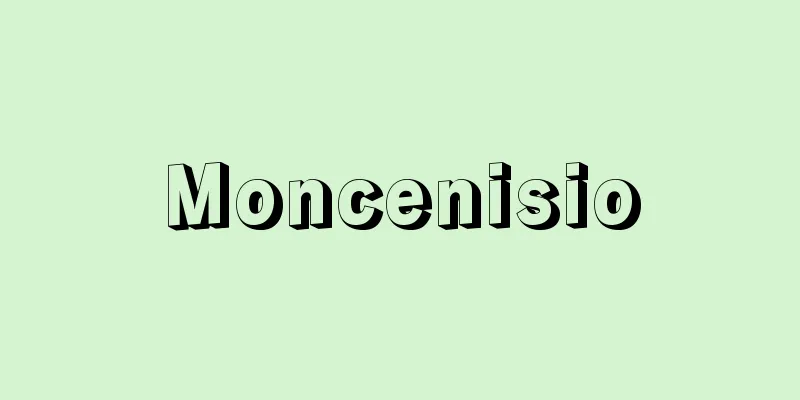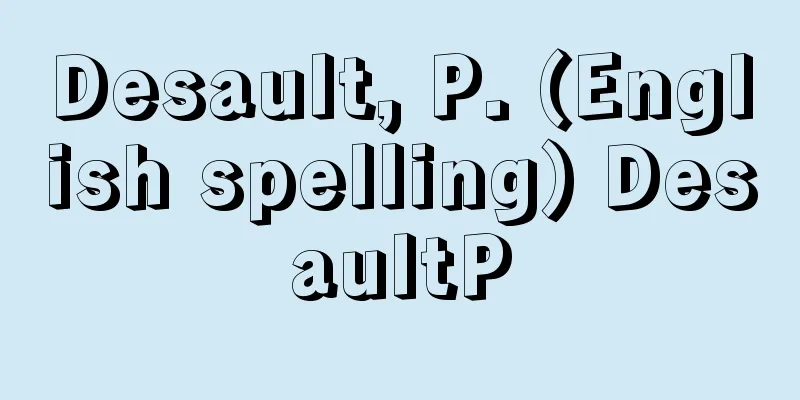Intaku

|
…Until the pre-Qin period, pit tombs were the norm, in which a burial pit was dug underground, a wooden coffin was built inside it, and the coffin was placed inside it. Eventually, cave tombs were developed, with a horizontal hole dug underground and a passageway built (wooden coffin tombs). This change meant a change in the view of life and death, from the idea of a tomb being simply a place to store the corpse to a place where one could live the same life as they did in life, as is evident from the fact that the home and tomb are referred to together as yang house and yin house. As a result, the number of burial goods, such as weapons, tools, musical instruments, food, and Ming utensils used in life, increased, and the burial chambers naturally became larger, with some tombs being decorated with murals. … From the Feng Shui Theory...Also known as Kanyu, Chili, and Seiu. Its principle is to believe in the effect of the earth's energy on humans, to observe the topography of mountains, hills, and water currents, and to take into account the five elements of yin and yang and directions (Blue Dragon = East, Red Bird = South, White Tiger = West, Black Tortoise = North), to select the most auspicious site, and to build a capital city, residence, or tomb there. A living person's residence is called a Yang residence, and a graveyard is called a Yin residence. It places special importance on Yin residences, and teaches that if the best site is chosen to bury ancestors, not only will the ancestral spirits be stable, but the family will prosper, and their descendants will be able to pass the imperial examination or become high-ranking officials. *Some of the terminology explanations that mention "Inzai" are listed below. Source | Heibonsha World Encyclopedia 2nd Edition | Information |
|
…先秦時代までは,地下に墓壙を掘り,その中に木槨をこしらえて棺を入れるという竪穴墓が主流を占めていたが,やがて地下に掘った横穴を墓穴とする洞窟墓が生まれ,墓道がつくられるようになった(木槨墓)。この変化は,墓を単なる死体の保存場所と考えることから,住居と墓を並称して陽宅陰宅と呼ぶことに明らかなように,生前と同様の生活を営む場へと墓の意義を転じる死生観の変化を意味した。そこで,副葬品も生前用いたと同じ武器,道具,楽器,食料品,明器(めいき)など,数量が多くなり,当然墓室も広くなり,壁画で飾られた墓も出てきた。… 【風水説】より…堪輿,地理,青烏などの別称がある。その原理は,人間に及ぼす地気の作用を信じ,山脈,丘陵,水流などの地勢を観察して,さらに陰陽五行や方位(青竜=東,朱雀=南,白虎=西,玄武=北)をも考え合わせ,その最も吉相と見られる地を選んで,これに都城,住居,墳墓をつくらせる地相学,宅相学,墓相学で,生人の住居の場合を陽宅,墓地の場合を陰宅とよぶ。とくに陰宅を重視し,最良の地を選んで父祖を葬れば,祖霊が安定するだけでなく,その一家一族が繁栄して,子孫の中から科挙合格者や高位高官の者を出すであろうと説く。… ※「陰宅」について言及している用語解説の一部を掲載しています。 出典|株式会社平凡社世界大百科事典 第2版について | 情報 |
>>: Emergency Measures Order for Hidden and Stored Goods - Intaizoubushitokinkyuusochirei
Recommend
Jean Henry Dunant
Founder of the Red Cross. Born in Geneva, Switzer...
Takashina Takako
Year of death: 2.10 (996) Year of birth: Unknown. ...
Lord of Kajishi
…The April 1158 (3rd year of the Hōgen era) docum...
Okihaze - Okihaze
...A small fish with a cylindrical body up to 20 ...
Kadoya
The name given to vassal farmers in the Edo perio...
Source of law - Rechtsquelle; source of law
Although this concept is used in a very ambiguous ...
Tricyrtis macrantha (English spelling)
…[Hiroshi Takahashi]. … *Some of the terminology ...
Clinical psychology - rinsho shinrigaku (English spelling) clinical psychology
[The origins of clinical psychology] Clinical psyc...
Offerings - Saisen
This refers to coins offered as a token of gratit...
Kalff, D.
…It is a psychotherapy technique that was first i...
Ooshitacha - Ooshitacha
…Shading increases theanine, the component that g...
The Ballad of Narayama - Narayama Bushikō
A short story by Shichiro Fukazawa. Published in ...
Quilate
...Anyway, the traditional British unit of measur...
Sarazen, G. (English spelling) SarazenG
…Winning all four major tournaments in one year i...
Four Noble Truths - I want to
The central term in Buddhism. It is also called t...



![Okura [village] - Okura](/upload/images/67cb14dc41f66.webp)




![Aconcagua [Mountain] - Aconcagua](/upload/images/67cad284aaa54.webp)
